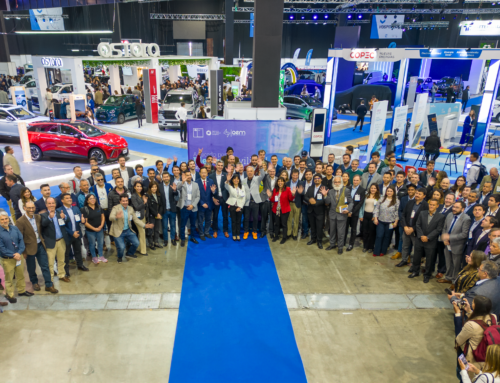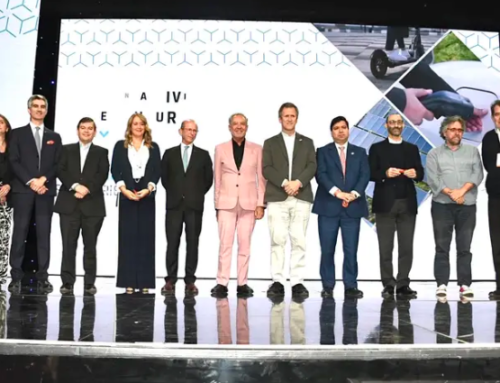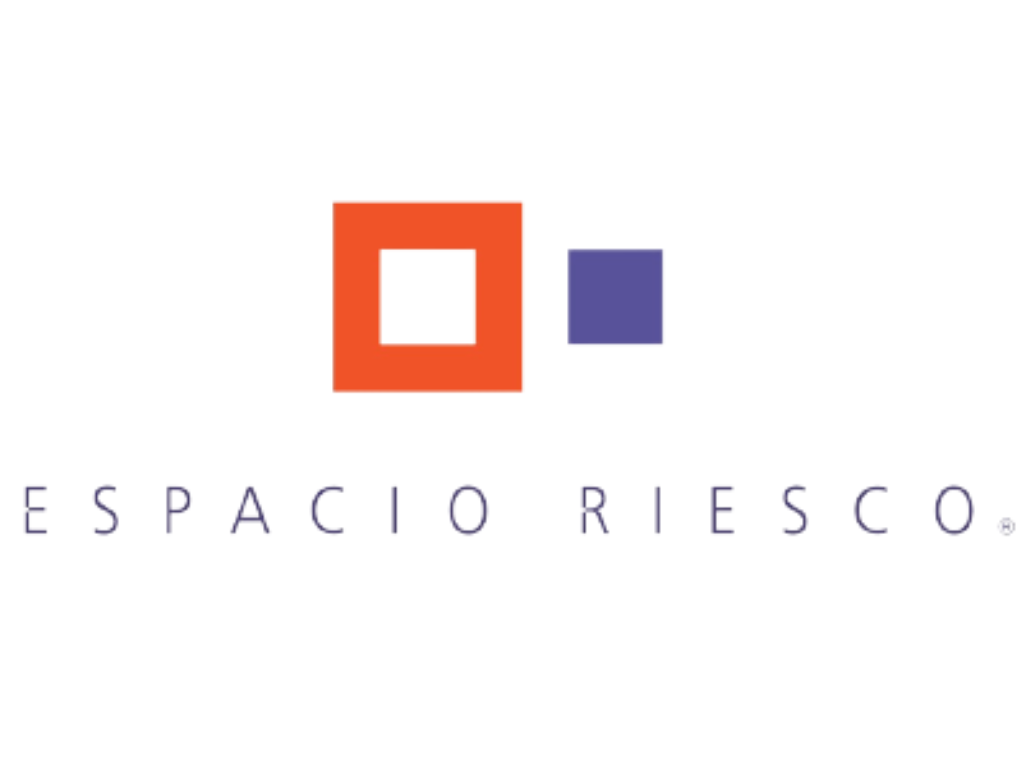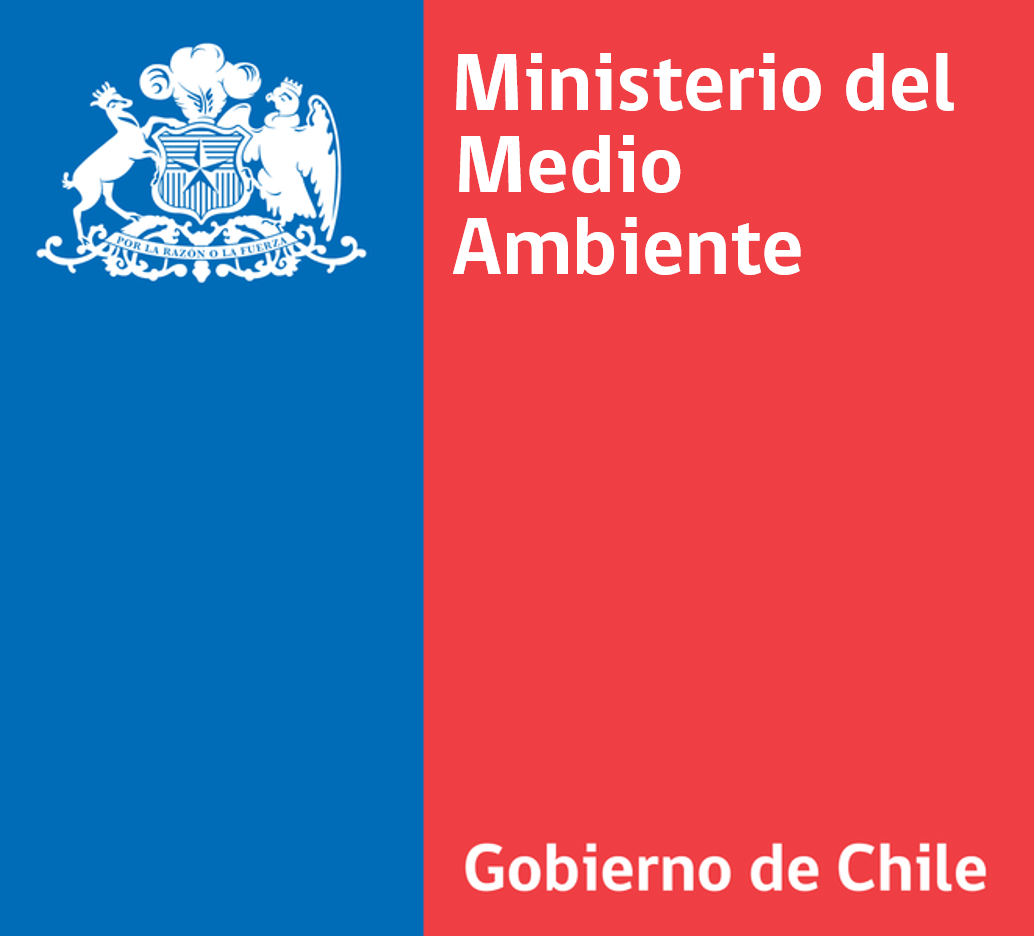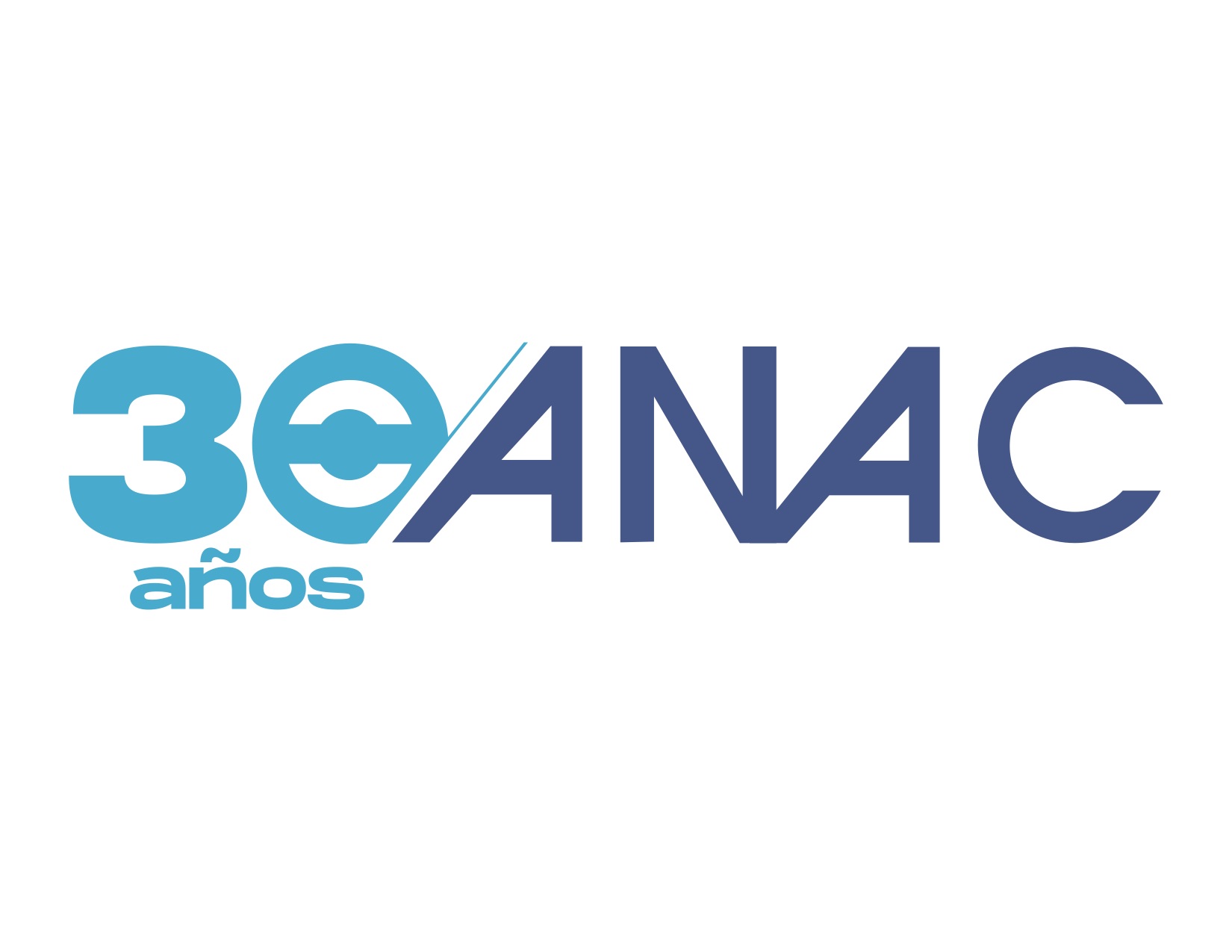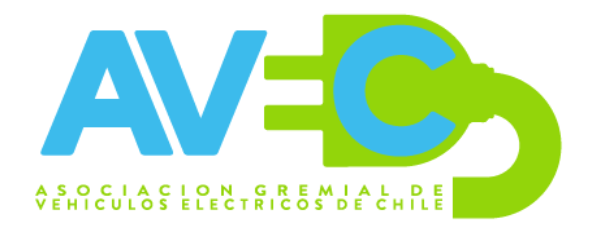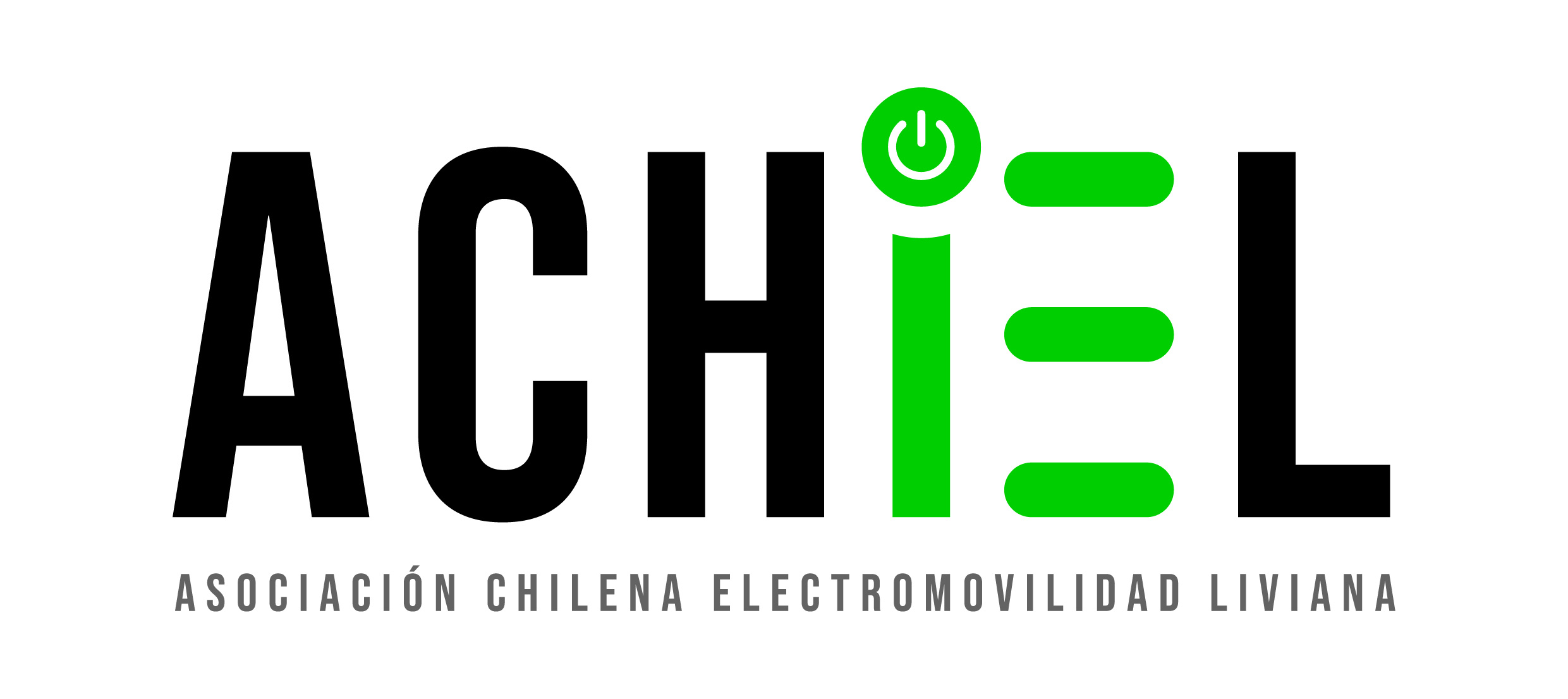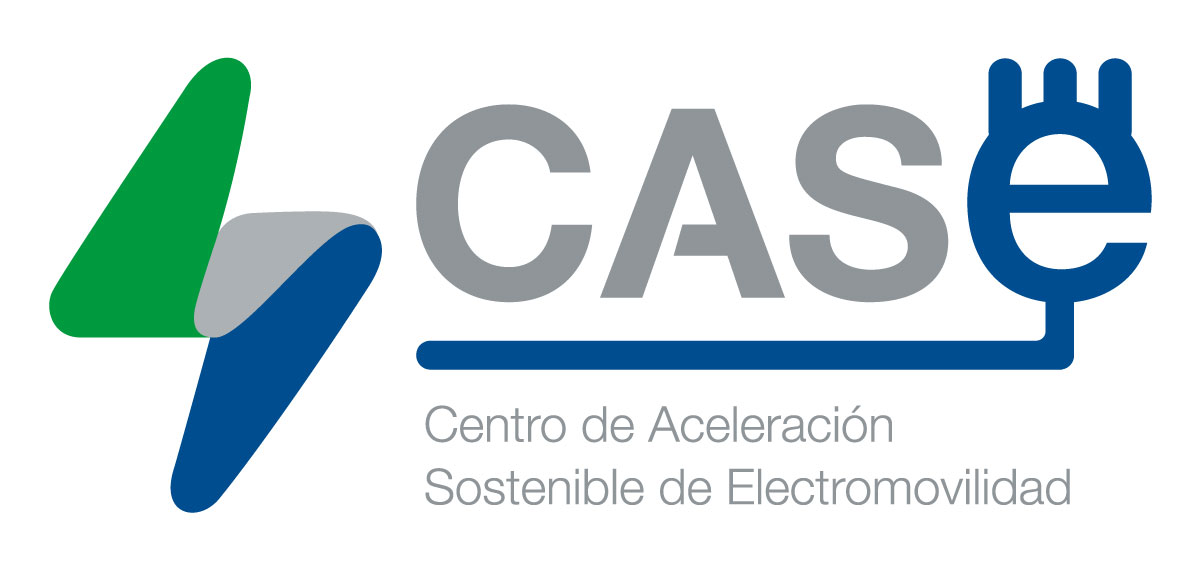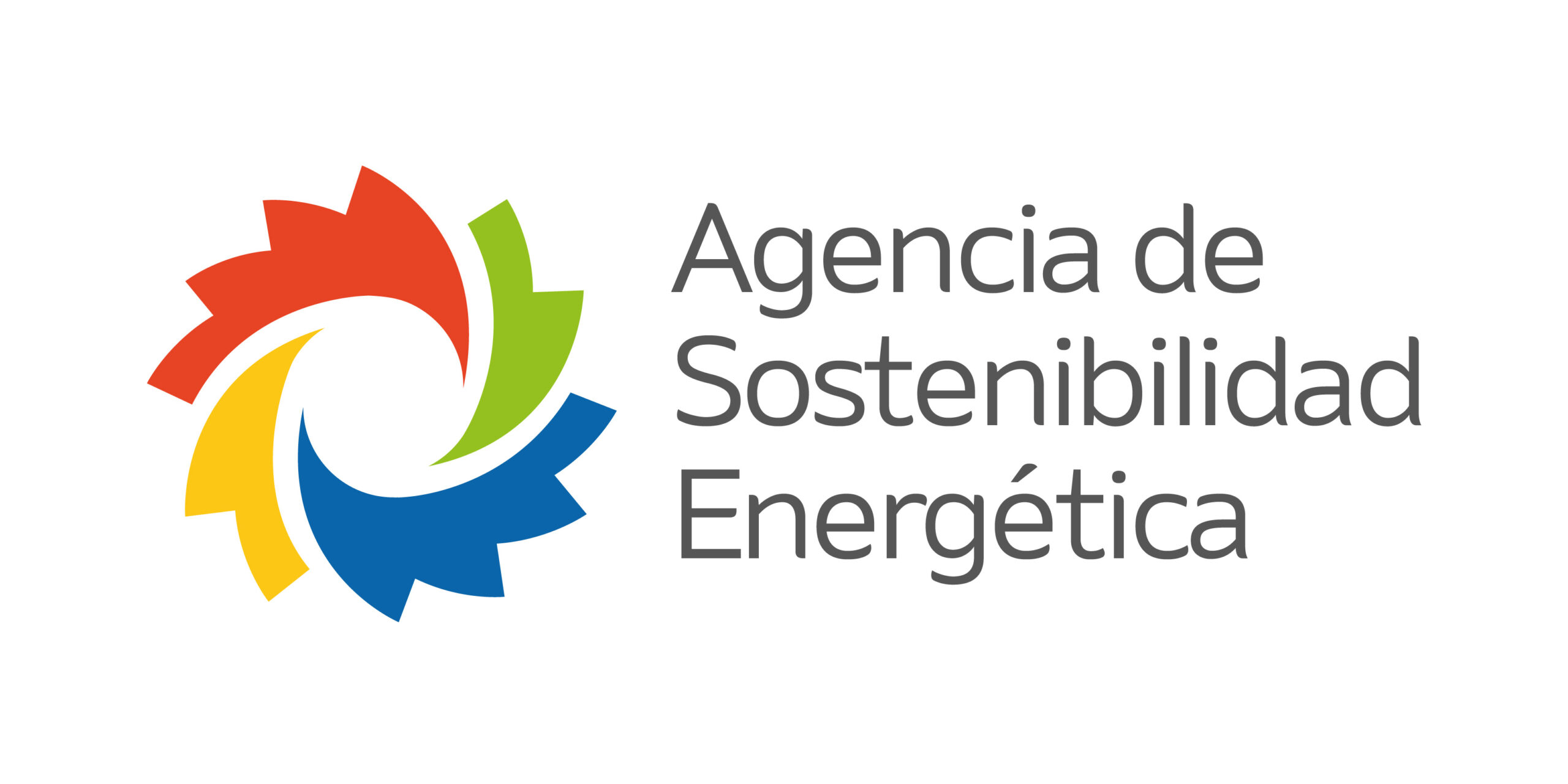Whether for large companies, entire industries or countries, decarbonization is a global goal that is sought to be achieved as soon as possible.
According to estimates from the International Energy Agency (IEA), an increase in global energy demand of between 25% and 30% is expected over the next 20 years, which, if the current model continues, would imply a significant rise in CO2 emissions, and with it a greater acceleration of climate change.
For this, green hydrogen stands as one of the great alternatives. But what and how does it differ from "traditional"?
Hydrogen is the most abundant chemical element in nature, and it is also a fuel that, when used, only generates a few drops of water as waste, so in addition to being considered very clean, it is also universal, light and reactive.
To generate hydrogen, a chemical process called electrolysis must be carried out, which is done through electricity. This reaction separates the hydrogen and oxygen from the water.
If this process is done using sustainably generated electricity, coming exclusively from renewable sources, then hydrogen is considered to be “green”.
Thus, green hydrogen can be considered a 100% clean fuel, since in addition to not emitting polluting gases during combustion, it does not emit polluting gases either during its production.
Chile is advancing by leaps and bounds in the production of this fuel, with various initiatives promoted by the Government and by private companies, all thinking of the great objective of global decarbonization.
Show us at Experiencia E how your company advances so that we achieve carbon neutrality in 2050. We are waiting for you from October 20 to 23 at Espacio Riesco.


